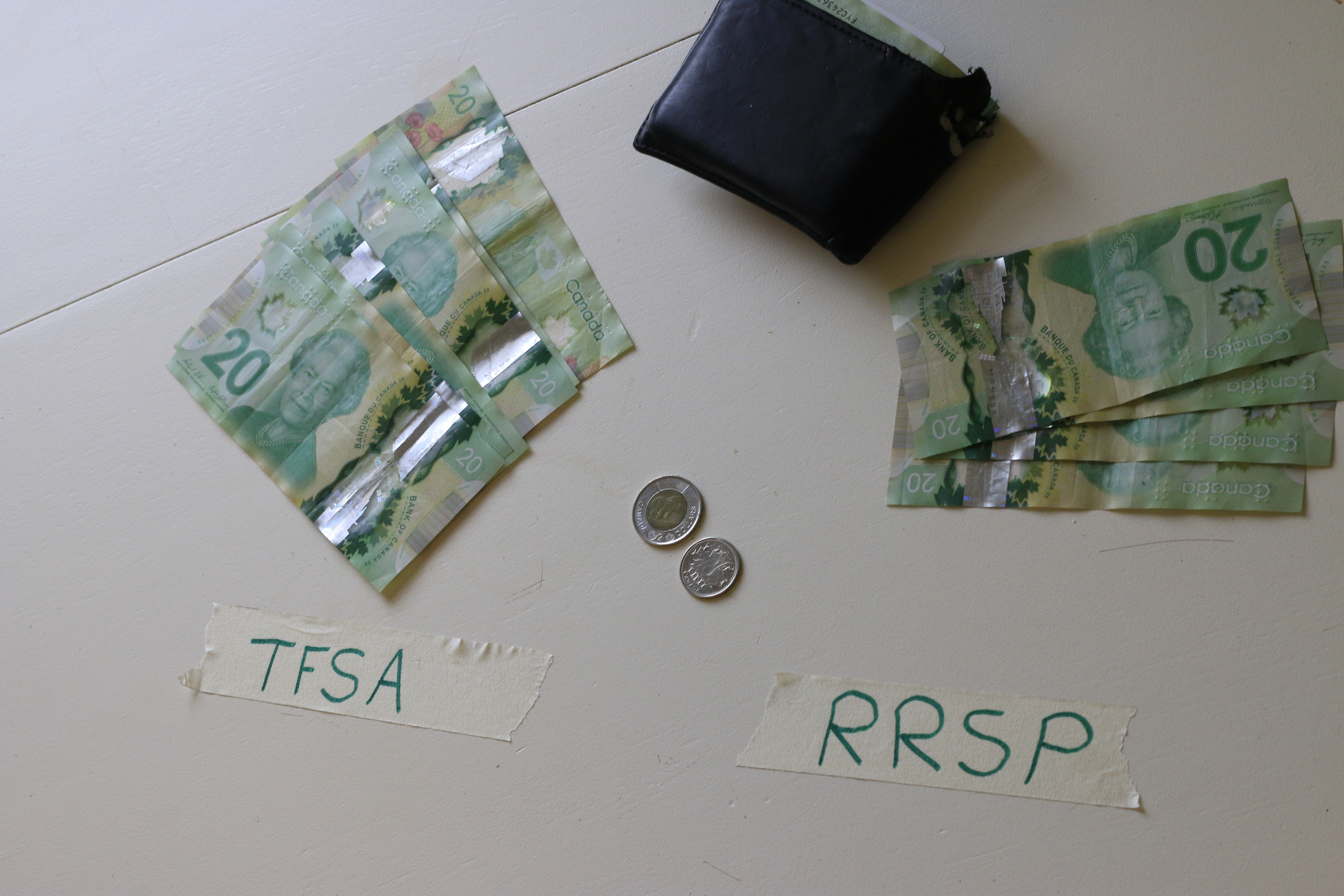Business professor shares RRSP and tax tips to help maximize your return
Athabasca University accounting and taxation expert shares investment insights during tax season
Canadian taxpayers have until the end of the month to contribute to their registered retirement savings plan (RRSP) and reap the reward of lowering their taxable income for the year prior.
Many people with disposable income wonder whether to invest in RRSP, tax free saving account (TFSA), or their mortgage.
We got together with Dr. Weiming Liu, associate professor of accounting and taxation with Athabasca University’s Faculty of Business to explain the ins and out of investment options.
The Hub: What is an RRSP and why should Canadians consider contributing?
Dr. Weiming Liu: RRSP stands for Registered Retirement Saving Plan. It’s a savings plan set by the government to encourage Canadians to save for their retirement. To encourage people to save money, the government has incorporated tax benefits to investors.
What are the tax benefits to investing in an RRSP?
The money you invest in your RRSP will be deducted from your taxable income for that year. As soon as you invest, there is an income tax savings. This is the government’s incentive to encourage Canadians to save for retirement.
It will, however, be considered as income for the year that you cash out your RRSP. Basically, your taxes are deferred.

Is the idea that you cash out RRSPs when you’re no longer generating income?
Yes. If you think about someone’s whole career, their income probably peaks at a certain age, probably when they’re 40 to 50 years of age. This is also when your marginal tax rate is highest. Your marginal tax rate is the tax rate applied to the additional dollars you earn once you enter a higher-income bracket.
Once they’ve retired, their income level will likely be low, so additional income probably will be subject to a lower marginal tax rate.
By contributing to RRSPs, you can smooth out the peaks and valleys.
When should I contribute to RRSPs?
If a contribution is made before the end of February, it is considered relevant to the previous tax year. The contribution window does not go by the calendar year. It goes from March first to the end of February.
The reason for that is because some people want to realize the benefit of the tax savings, so they wait to get a sense of their income level. The two months gives people the time they need to decide whether to contribute and how much.
Many people wait until the last moment, but it’s important to keep in mind that banks are very busy at that time. It’s best if you get ahead of the curve by investing mid-February.
How do we know how much we’re able to contribute?
The CRA keeps track of your contribution room. Your available room for contribution will be noted in your previous year’s notice of assessment. This is the maximum amount you can contribute.
How does the CRA determine your contribution room?
The simple math is 18% of your earned income in the previous year, up to a maximum $30,780 for 2023. For example, let’s say you had made one million in 2023, the contribution room you gained in 2023 is not $180,000, it’s capped at $30,780.
You would calculate 18% of your earned income for that year and compare against the maximum limit. You would then contribute up to the lesser of the two numbers.
What happens if you contribute more than your limit?
If the amount you over-contribute is not more than $2,000, you are fine. CRA creates a levy because they understand most people are not professional accountants. If your contribution is over the $2,000 limit, then there are significant penalties on that.

When looking at investment options, how should students determine whether to contribute to their RRSP or TFSA?
To be able to contribute to RRSP, you have to earn employment income. Most of our students are working, so they’re making an income. But let’s say they aren’t working, contributing to their TFSA would be an option because they don’t have to earn an income to contribute.
The major difference is a TFSA doesn’t help you now; it helps you in the future. There is no immediate tax benefit.
However, all the money in that account will be invested and the future income from that investment is tax-free.
Every year the government will give you a maximum limit for contribution which accumulates. So, if you don’t use it, the contribution room will continue to grow for your TFSA.
For RRSPs, your contribution room can only be increased by your earned income. So, if you are employed and can’t contribute, the contribution room will be accumulated. Even later, when you take the money out, that room will not be recovered.
When it comes to tax savings, are there notable differences between provinces or territories?
The provincial tax rate is different for different provinces. Other than that, it’s really about your marginal tax bracket rate.
For people who are high-income earners, if they contribute the same amount of money as low-income earners, the higher-income earners would see more benefit. They are paying a higher marginal tax rate.
It’s also like a progressive tax rate. The more money one makes, the more they must pay in tax.
What’s your advice for people who are deciding between investing in RRSPs and contributing to their mortgage?
It really depends on the individual situation. If you’re making a lot of money, then contributing to your RRSP is probably a good choice because the benefit of tax saving is significant.
It also depends on your mortgage rate. It’s best to do the calculation and compare. Think about what the benefit is of contributing to your mortgage. You should also take into consideration what the future interest rates might be.
Do you have any other tips for navigating tax season?
Look at your household. If one partner is not working and the other one is in a high-income tax bracket, then it’s probably advantageous for the working partner to contribute to their spouse’s RRSPs.
The non-working spouse can withdraw the RRSP on the fourth year. At that point it will be considered income for them, but the taxes paid will have been less than had the high-earning spouse put that money towards their own RRSP because they’re paying lower marginal tax. As a family overall, you achieved the tax saving.
However, if the spouse ends up withdrawing the RRSP too quickly, then the income will be added back into the contributing spouse’s account.
Learn more about AU’s Bachelor of Commerce, Accounting Major program